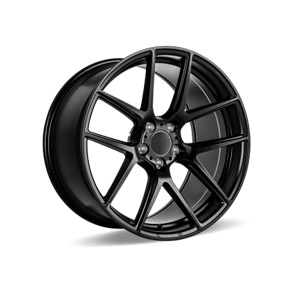hydraulic clutch line
Understanding Hydraulic Clutch Lines Function and Importance
Hydraulic clutch lines are an essential component in vehicles equipped with a hydraulic clutch system, offering a reliable method for engaging and disengaging the clutch. As technologies in automotive design have evolved, so too have the mechanisms that allow for smoother transitions between gears, and hydraulic systems have become increasingly popular.
The Basics of Clutch Operation
To appreciate the role of hydraulic clutch lines, one must first understand how a clutch operates. In manual transmission vehicles, the clutch serves as a crucial link between the engine and the transmission. When the driver presses the clutch pedal, the clutch disengages the engine from the drivetrain, allowing the driver to shift gears without damaging the gearbox.
In a hydraulic clutch system, the operation of the clutch is facilitated by the transfer of hydraulic fluid. This system typically consists of a master cylinder, a slave cylinder, and the hydraulic clutch line that connects these two components. When the driver depresses the clutch pedal, the master cylinder generates pressure in the hydraulic fluid, which then travels through the hydraulic line to activate the slave cylinder. The slave cylinder, in turn, pushes the clutch release fork, allowing the clutch to disengage.
Components of Hydraulic Clutch Lines
1. Hydraulic Lines These are the tubes through which the hydraulic fluid travels. They are designed to withstand high pressure and are often made from high-quality materials to prevent leaks and ensure durability.
2. Master Cylinder Located near the clutch pedal, the master cylinder generates hydraulic pressure when the pedal is pressed. It is responsible for converting the mechanical force of the pedal into hydraulic force.
3. Slave Cylinder Positioned at the clutch assembly, the slave cylinder receives the hydraulic pressure from the master cylinder and activates the clutch mechanism.
hydraulic clutch line

4. Fluid Hydraulic fluid plays a critical role in the system. It must be suitable for the temperature and pressure conditions of the operation while providing adequate lubrication.
Advantages of Hydraulic Clutch Lines
Hydraulic clutch systems offer several advantages over traditional mechanical systems. One of the most significant benefits is the ease of operation. The hydraulic system requires less physical effort to operate the clutch compared to a mechanical system, making driving more comfortable, especially in stop-and-go traffic.
Additionally, hydraulic systems tend to provide smoother engagement and disengagement of the clutch. This precision minimizes wear and tear on the clutch components, extending their lifespan and reducing the need for frequent maintenance. Furthermore, hydraulic lines are generally more resistant to environmental factors like dirt and moisture, which can impair mechanical systems over time.
Maintenance and Issues
While hydraulic clutch systems are designed for durability, they are not immune to issues. Common problems may include leaks in the hydraulic line, air bubbles in the system, or failure of the master or slave cylinder. Regular inspection of the hydraulic lines for signs of wear, such as cracking or discoloration, is essential to prevent potential failures.
Flushing the hydraulic fluid at regular intervals can also help maintain system performance, as old fluid can become contaminated, leading to decreased efficiency.
Conclusion
In summary, hydraulic clutch lines are an integral part of modern manual transmissions, providing a seamless method for the driver to control the clutch. Their design and functionality represent significant advancements in automotive technology, offering benefits in comfort, performance, and reliability. By understanding the components and maintenance needs associated with hydraulic clutch lines, drivers can ensure their vehicles operate smoothly and efficiently. Whether you're a seasoned driver or a newcomer to manual transmissions, appreciating the technology behind your vehicle's clutch system can enhance your driving experience.
-
Upgrade Your Control with Premium Throttle CablesNewsAug.08,2025
-
Stay in Control with Premium Hand Brake CablesNewsAug.08,2025
-
Experience Unmatched Performance with Our Clutch HosesNewsAug.08,2025
-
Ensure Safety and Reliability with Premium Handbrake CablesNewsAug.08,2025
-
Enhance Your Vehicle with High-Performance Clutch LinesNewsAug.08,2025
-
Elevate Your Ride with Premium Gear CablesNewsAug.08,2025
